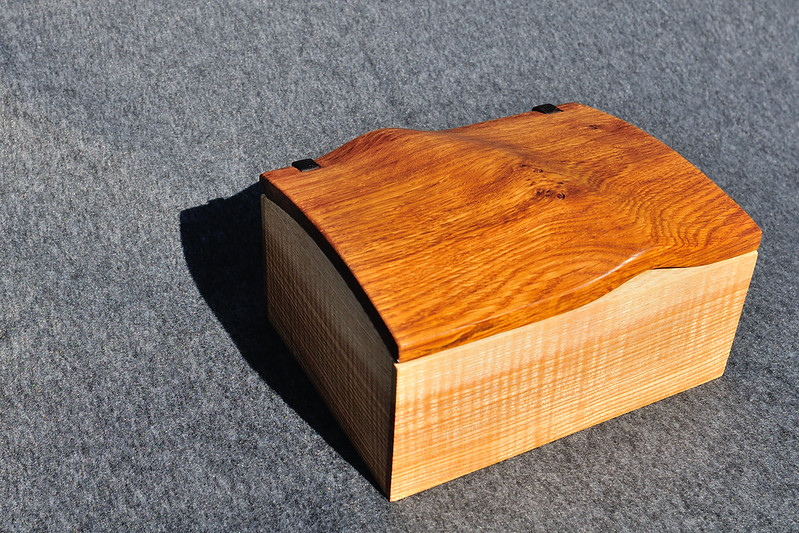Is there a clever way?
I am attaching two posts to either side of an aperture for some doors to hang from, but the edges they are going on to are neither straight nor plumb, so I am hoping to adjust the posts to leave nice level parallel sides.
Both are about 7 foot tall, and go from nothing removed at the top, to about 7mm in the middle on the worst side, back down to maybe a few mm or less at the bottom, so a shallow hollow overall.
Ill probably start by sawing kerfs to the line and chiselling bulk of waste off, I suppose I could do it all carefully with a chisel but that sounds real slow and potentially tedious, id like to be left a nice flat surface and clean front edge really.
Curved bed spokeshave? Stock is about 50mm wide so might be a stretch. Maybe a block plane with the blade quite far out, this forms a sort of arc with the front and back ends of the bed, in my mind...
I am attaching two posts to either side of an aperture for some doors to hang from, but the edges they are going on to are neither straight nor plumb, so I am hoping to adjust the posts to leave nice level parallel sides.
Both are about 7 foot tall, and go from nothing removed at the top, to about 7mm in the middle on the worst side, back down to maybe a few mm or less at the bottom, so a shallow hollow overall.
Ill probably start by sawing kerfs to the line and chiselling bulk of waste off, I suppose I could do it all carefully with a chisel but that sounds real slow and potentially tedious, id like to be left a nice flat surface and clean front edge really.
Curved bed spokeshave? Stock is about 50mm wide so might be a stretch. Maybe a block plane with the blade quite far out, this forms a sort of arc with the front and back ends of the bed, in my mind...


































